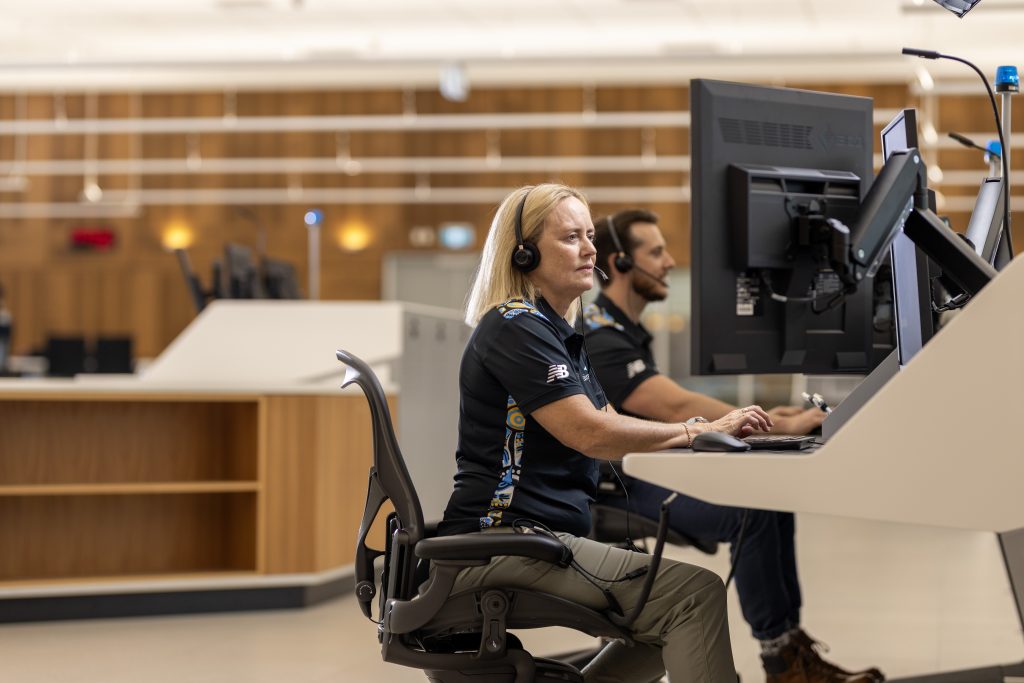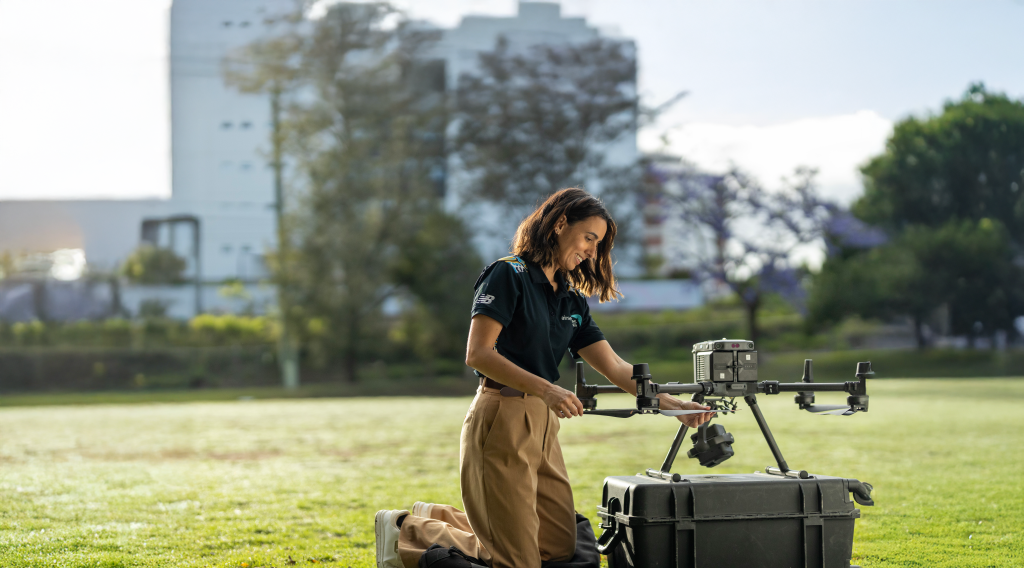Rob Sharp, Airservices Australia CEO
Australia is preparing for a 25-30% surge in air traffic over the next decade with billions of dollars pouring into airports, aircraft, drones and improved aviation services. But there's a bottleneck that could undermine this nation-shaping investment - the largely invisible infrastructure of the sky.
While we often hear debates about the state of our roads and energy grids, the air navigation network that moves more than 100 million passengers a year and supports about $100 billion [source] in annual economic activity is beginning to reach its end-of-life.
Our air traffic control towers, surveillance systems and communications networks - the unseen architecture that keeps aircraft separated and supply chains flowing - are ageing just as demand is set to spike.
Aviation underpins one in twenty Australian jobs and it stitches together a $2.7 trillion economy across a continent where distance and isolation are defining challenges. When airspace infrastructure falls behind, the costs cascade through the economy whether through increasing delays, ability to support growth, or productivity lost.
Airservices Australia, the government enterprise managing this system across 11% of the earth's surface, is midway through the most significant infrastructure renewal in Australian aviation history.
The centrepiece is OneSKY - a partnership with Defence in which Airservices is investing $1.9 billion to deliver integrated civil and military air traffic management for the first time, so that together we can seamlessly manage all of Australia's airspace in one digital ecosystem. When operational from 2027, it will deliver more than $2.7 billion in economic benefits over 20 years through reduced delays, optimised routing and expanded capacity.

But OneSKY is only part of a broader transformation. Across the national aviation network, parallel upgrades are already delivering tangible results.
New surveillance assets and collaborative decision-making tools are cutting fuel burn and delays. At major gateways, Airport Collaborative Decision Making is reducing taxi times and apron congestion - an unglamorous improvement that translates into millions of dollars in recovered productivity.
Since 2022, Airservices has been replacing legacy communications networks with higher-bandwidth, cyber-hardened systems – the aviation equivalent of replacing copper with fibre. Every upgraded site multiplies the efficiency and resilience of the whole network, enabling everything from Western Sydney International Airport's imminent operations to the modern control systems now being deployed.
And we have commenced an upgrade of our aviation rescue and firefighting vehicles to next-generation technology and capability that will reduce response times and improve safety outcomes
Yet the most significant productivity opportunity lies not with traditional aviation but with what comes next: uncrewed aircraft.

Drones are already inspecting bridges, surveying mines and moving critical equipment, and within years they'll transport high-value freight and even people. But commercial-scale drone operations require new infrastructure - a national Flight Information Management System connecting operators, certifying flights and safely integrating uncrewed traffic with conventional aircraft.
Airservices has begun building this backbone, working with first-mover developers to establish the protocols and platforms that will unlock faster, cheaper infrastructure inspection and logistics across the economy.
Get this framework right, and we will drive economic growth and productivity. If we make a mistake, we risk falling behind the global commercial drone economy.
This program aligns directly with the Commonwealth's Aviation White Paper priorities to maintain safety, lift efficiency and resilience, enable growth at new and existing airports, support regional connectivity, reduce environmental impacts and modernise regulatory frameworks.
From Western Sydney's flightpath planning to fuel-efficient routing tools cutting emissions, Airservices is delivering practical responses to the Australian Government's aviation policy.
The operational results are already visible. In September, Airservices-attributable delays were down 43% year-on-year and industry on-time performance has reached multi-year highs.
When airspace infrastructure functions efficiently, businesses see it in lower logistics costs, and the nation sees it in tourism growth, trade facilitation and investment confidence.
But infrastructure is only half the equation. Delivering this transformation requires recruiting and training additional air traffic controllers and firefighters, strengthening leadership capability and embedding cultural change.
Airservices is working closely with unions and staff to ensure the transition is safe, sustainable and fair, building a high-reliability operation with fuller rosters, better decision-making tools and strong careers.
The alternative to modernisation is clear - underutilised airport capacity, constrained growth and productivity gains left on the table. Australia's geography makes investment in aviation infrastructure non-discretionary.
The comparison with physical infrastructure is instructive. We accept that roads require resurfacing, bridges need maintenance and energy grids demand constant upgrading. Yet airspace infrastructure is both equally critical and significantly more complex, operating 24/7 with zero tolerance for failure. We have only to look at some of our international counterparts to see the consequence of ignoring the need for ongoing renewal of our airspace management infrastructure.
What distinguishes Airservices' transformation program is its comprehensiveness. It's a coordinated, multi-year program addressing towers, communications, surveillance, firefighting, decision tools and future technologies simultaneously - the kind of integrated infrastructure thinking that positions systems for decades, not just the next budget cycle.
The economic logic is straightforward. Over $40 billion is being invested in airports to allow for an additional 40% in network capacity by 2032. That investment will only deliver returns if airspace infrastructure can handle the additional traffic safely and efficiently.
When businesses plan logistics networks assuming reliable aviation access, they rely on the invisible infrastructure to function as expected. When international airlines evaluate route networks, they factor operational reliability into decisions worth hundreds of millions of dollars annually.
Australia's prosperity has always depended on overcoming distance through infrastructure investment - whether it's shipping ports, railways, highways or telecommunications networks.
Airspace infrastructure deserves the same recognition and the same sustained investment discipline we apply to assets we can see and touch.
Airservices is delivering that investment now - tangible improvements today and enhanced platform capabilities for tomorrow. The objective is a safer, smarter, more resilient airspace system capable of supporting the next phase of economic growth where Australia captures the productivity benefits of modern aviation.






